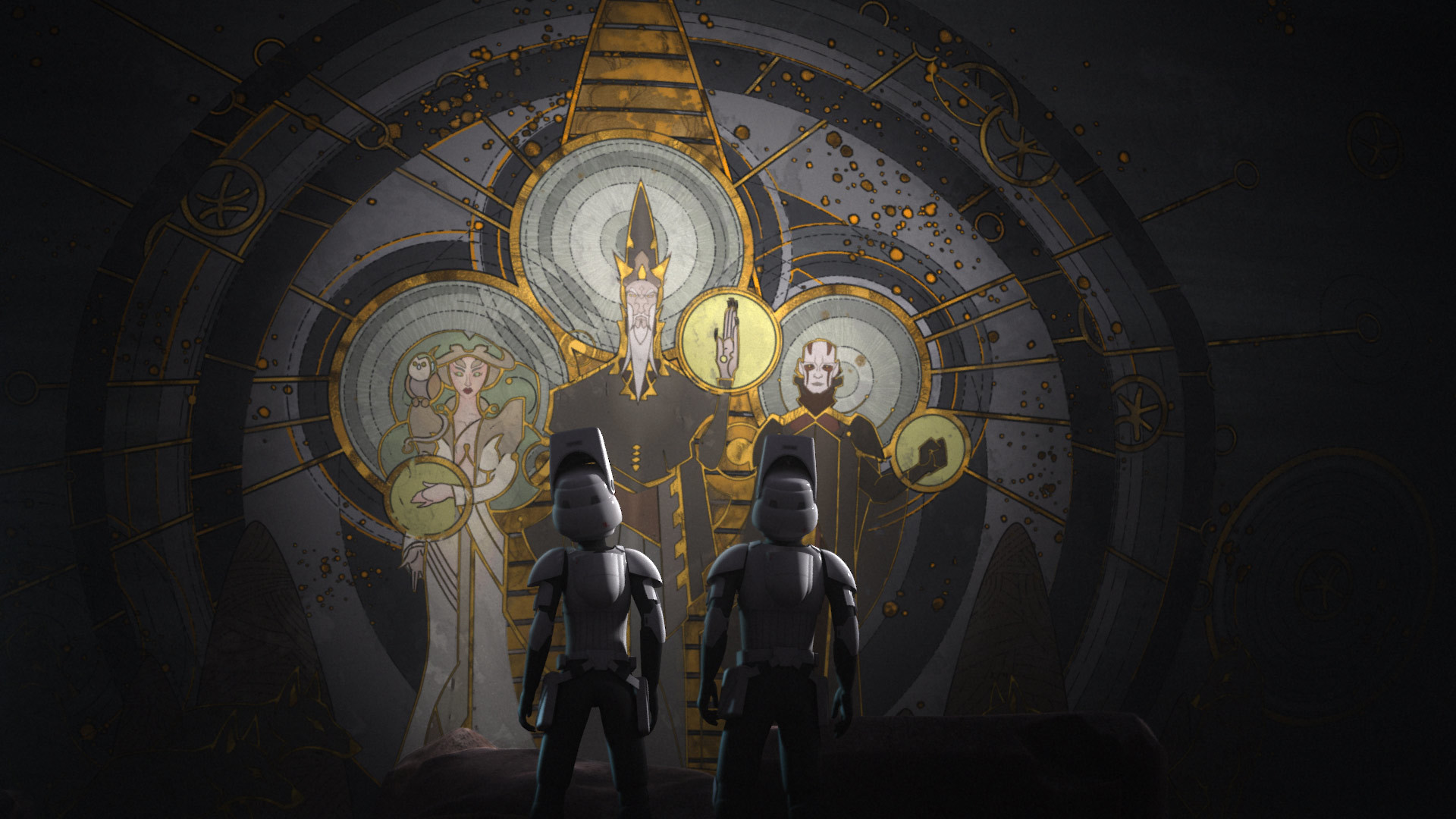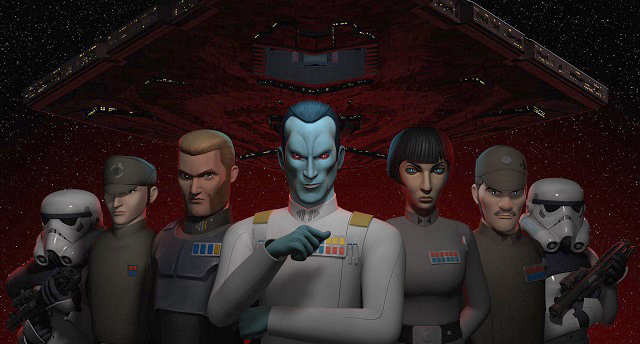
As a general rule, I try to stay away from retrospective pieces here at Eleven-ThirtyEight. Sometimes, like with David’s excellent Jaxxon piece on Monday, there’s a new hook that makes old information freshly relevant, but by and large my feeling is that Star Wars material released prior to the Disney era—and certainly the original trilogy in particular—has had its time in the sun and continuing to poke at it years or decades later is tantamount to navel-gazing and doesn’t really advance the conversation. That can be fun, don’t get me wrong—but it’s not something I’m interested in doing here.
Sometimes, though, new stories create a fresh context for that old material. Luke’s behavior in The Last Jedi might create a new lens through which to view his training, for example, or a pending film might prompt the revisitation of related material from the Expanded Universe. Even if you discount Legends, Star Wars remains a gigantic body of work and there are always new threads, new patterns, that can be isolated when the moment is right.
Despite the scattershot nature of the eight saga films’ release timeline, despite being written out of order and across multiple generations and largely on the fly, one such thread has lingered in the background since the very beginning. It has a logical starting point in Episode I, pays off in Episode VI, and most impressively, continues in a sensible and compelling way in the sequel trilogy—all with very little in the way of open acknowledgement from the creators. This thread, to my mind the great unspoken subplot of Star Wars, is the quest for the perfect soldier. Read More




